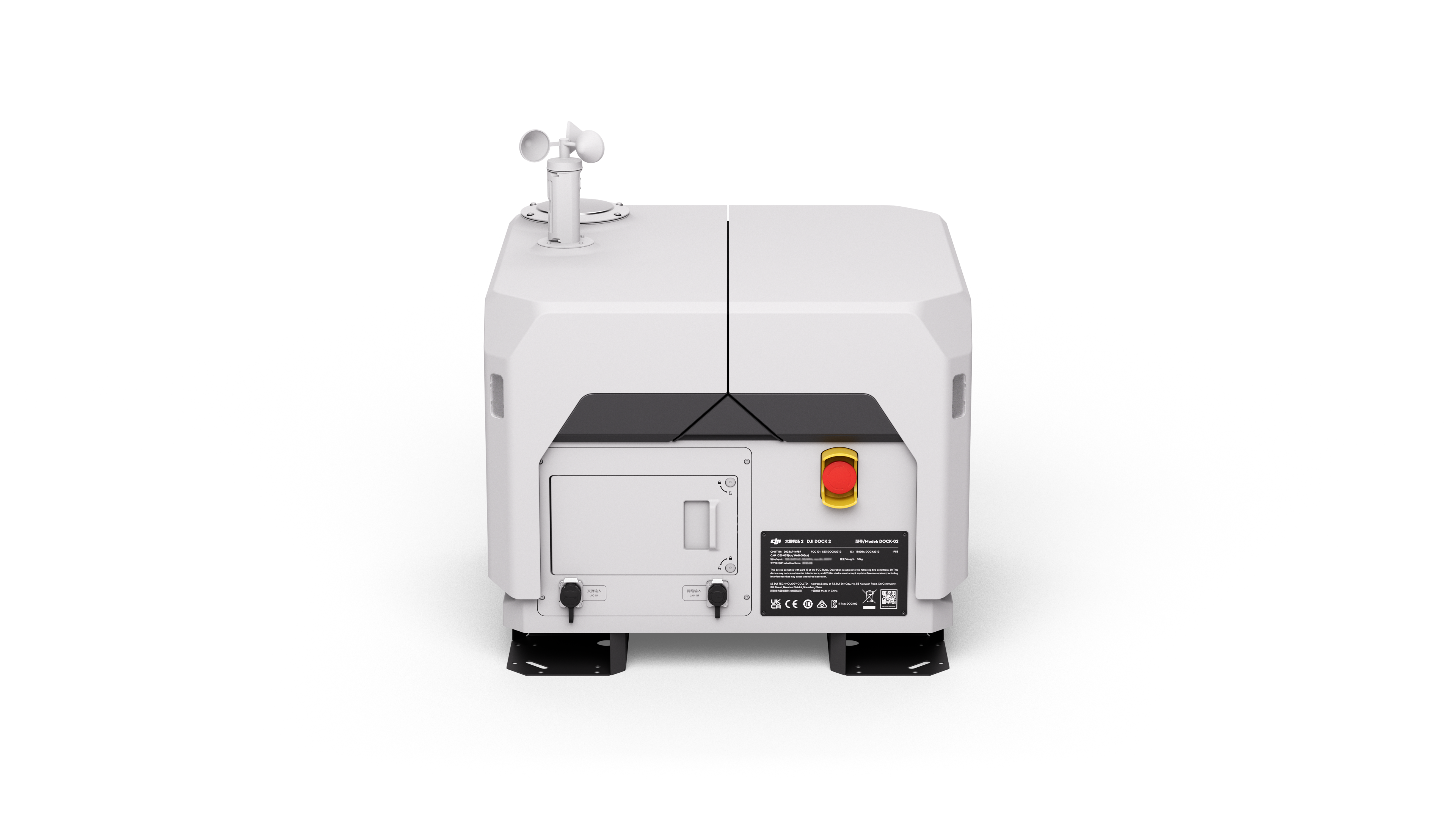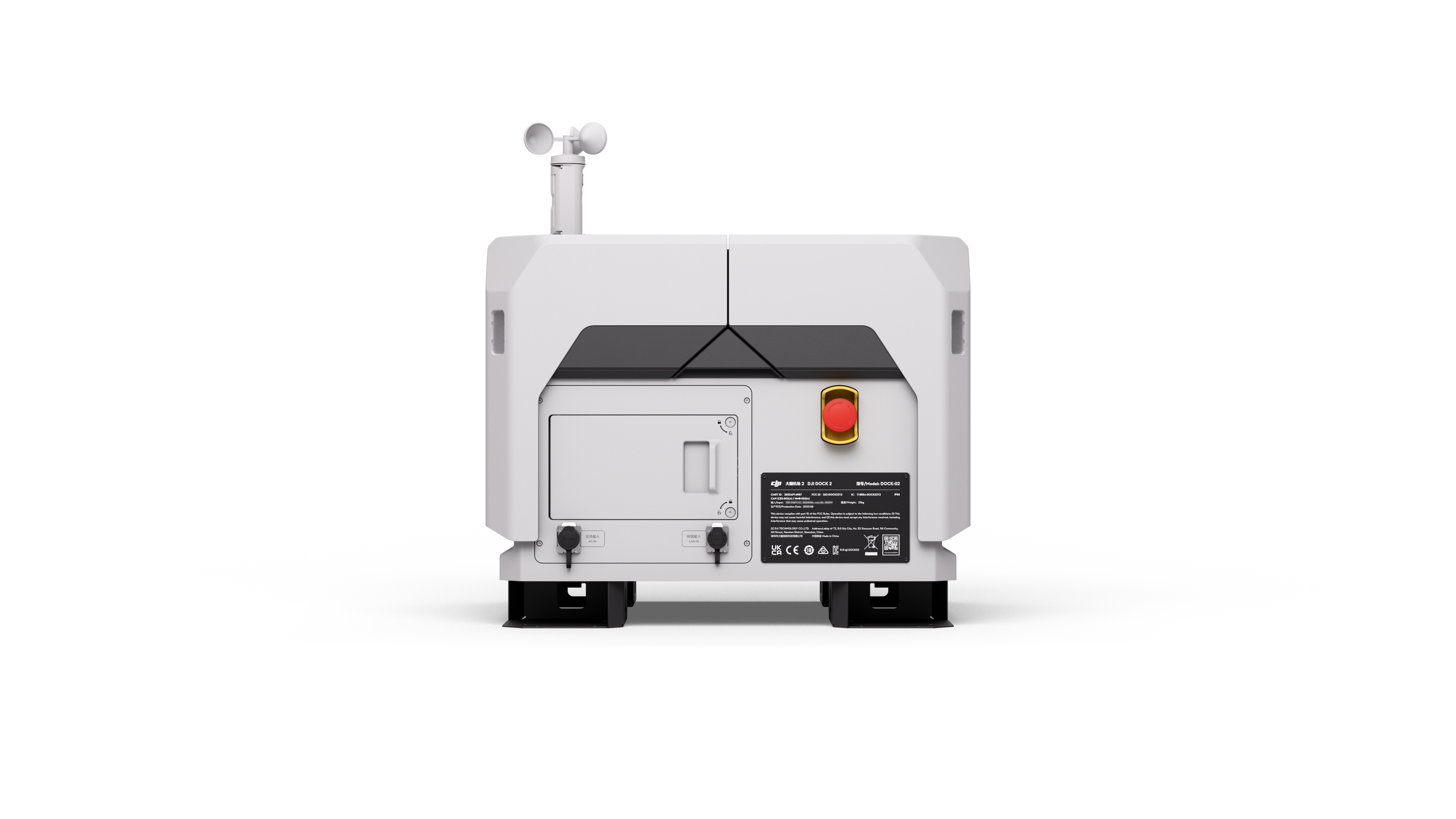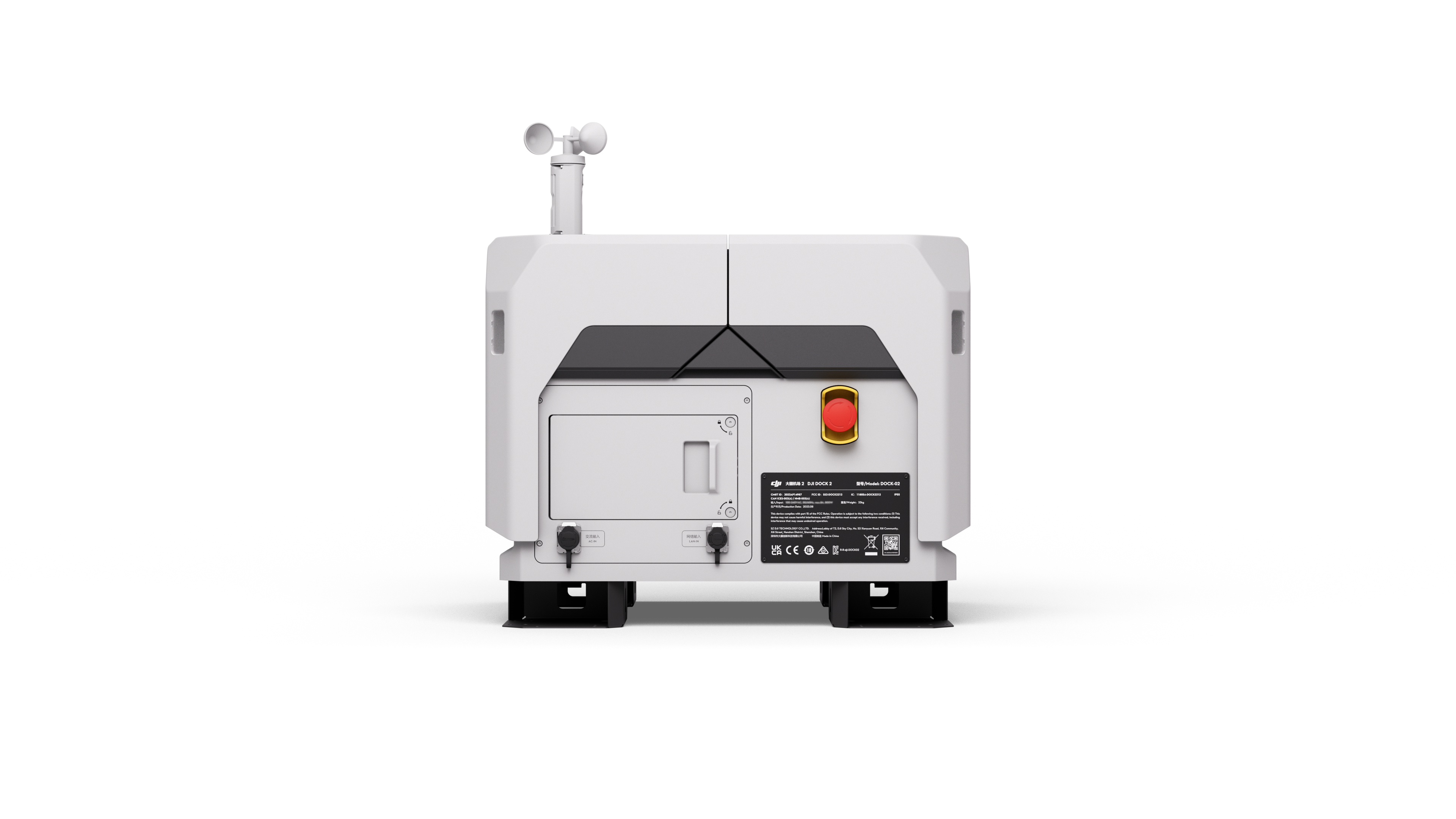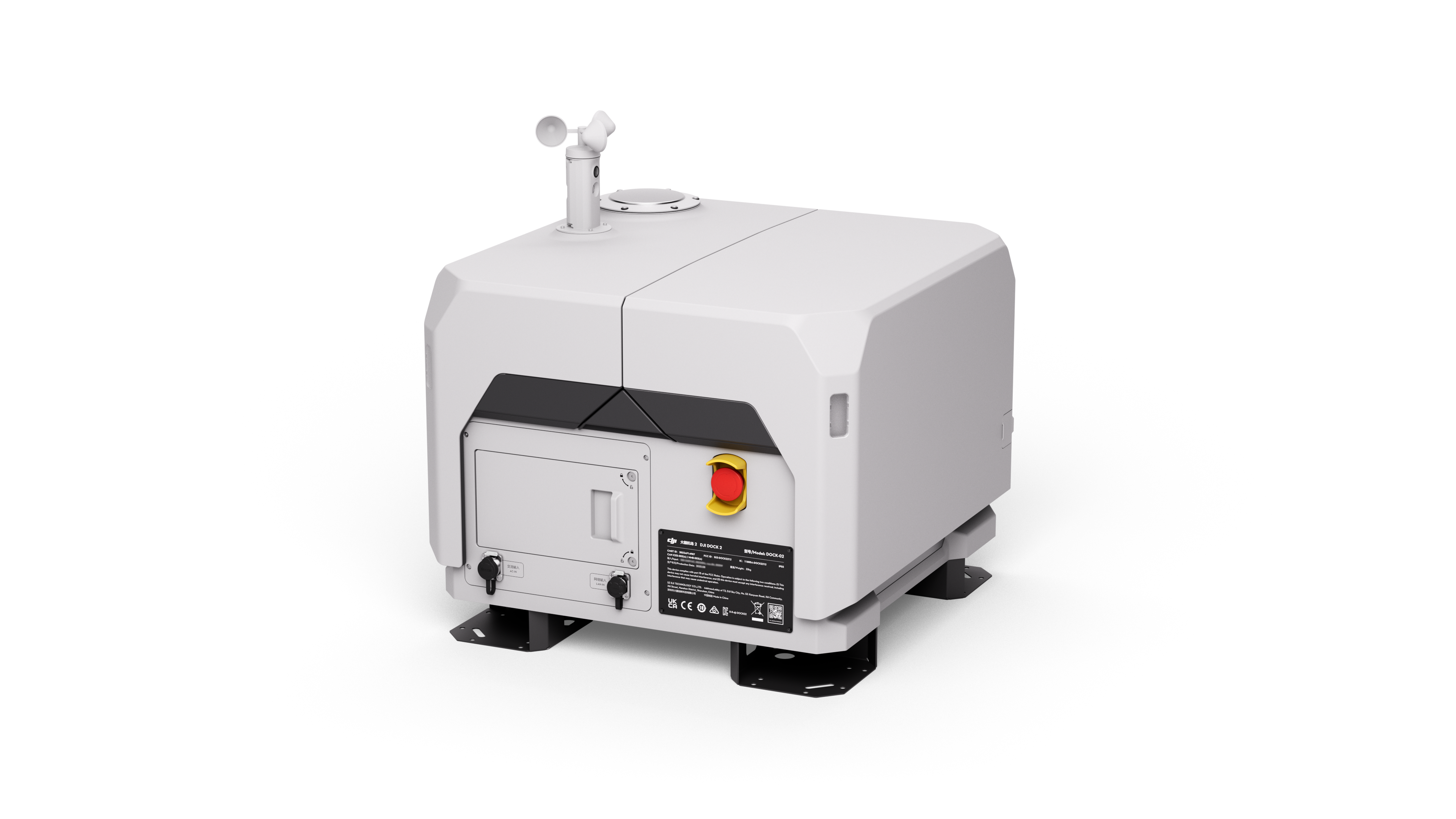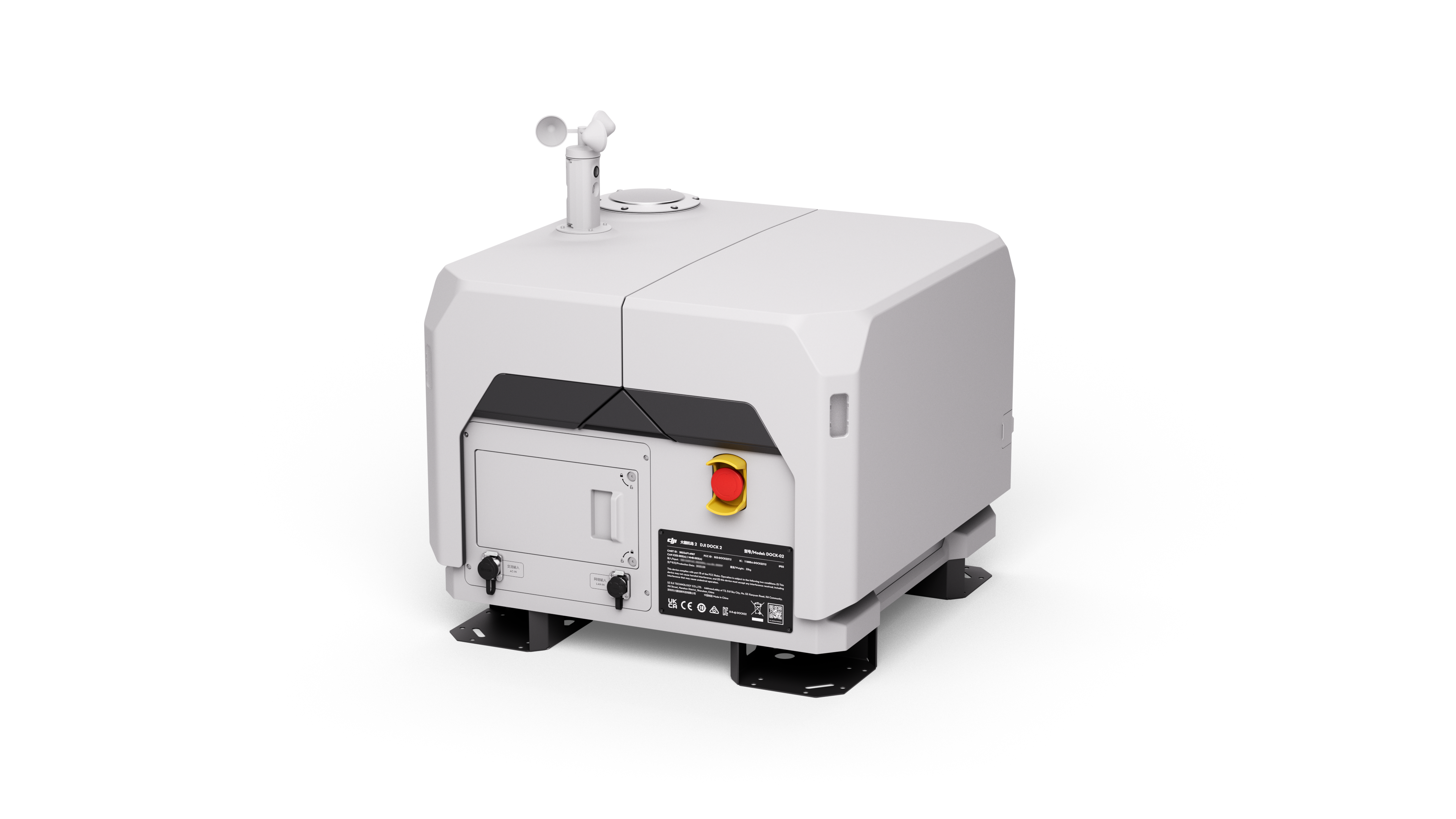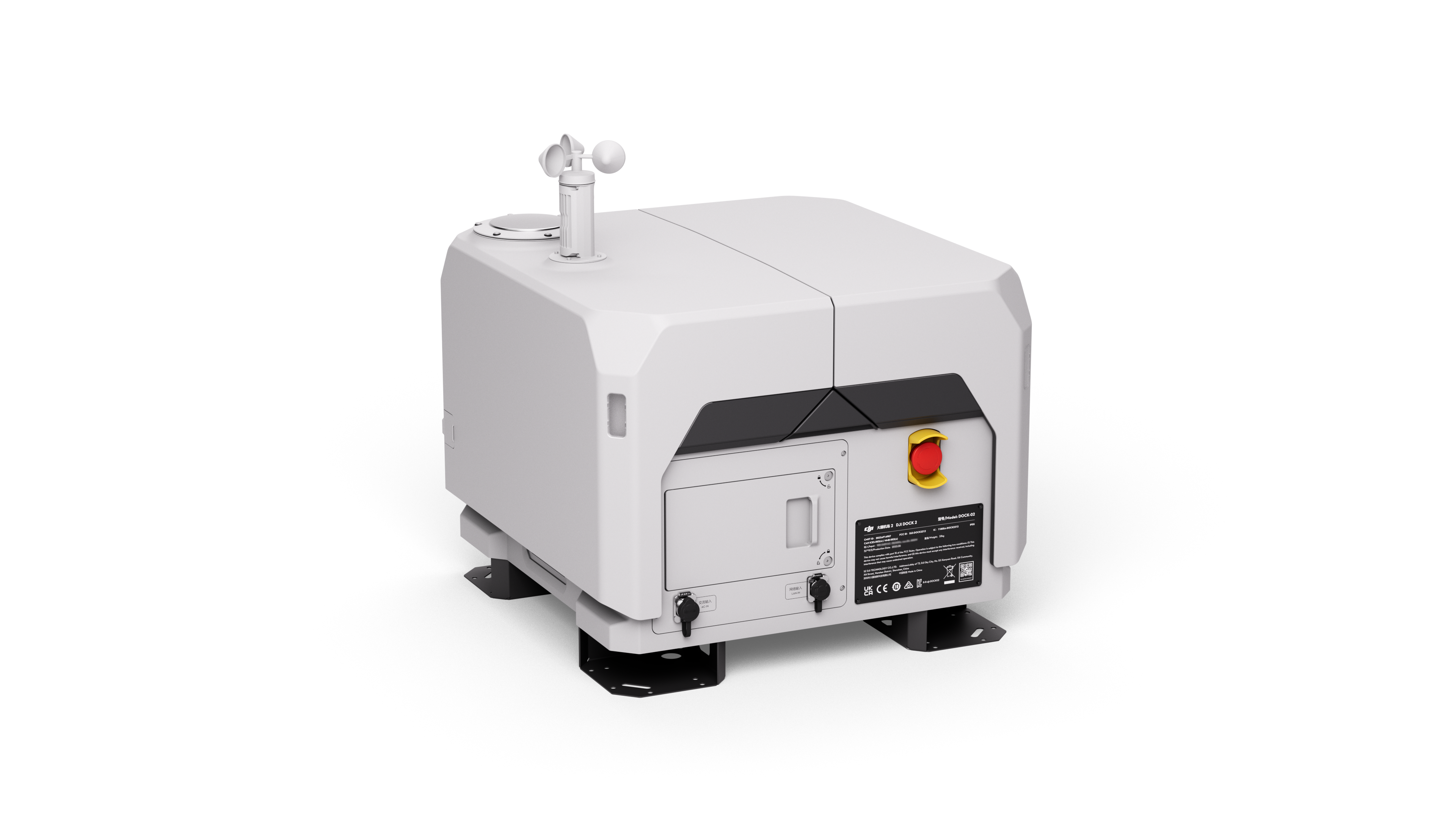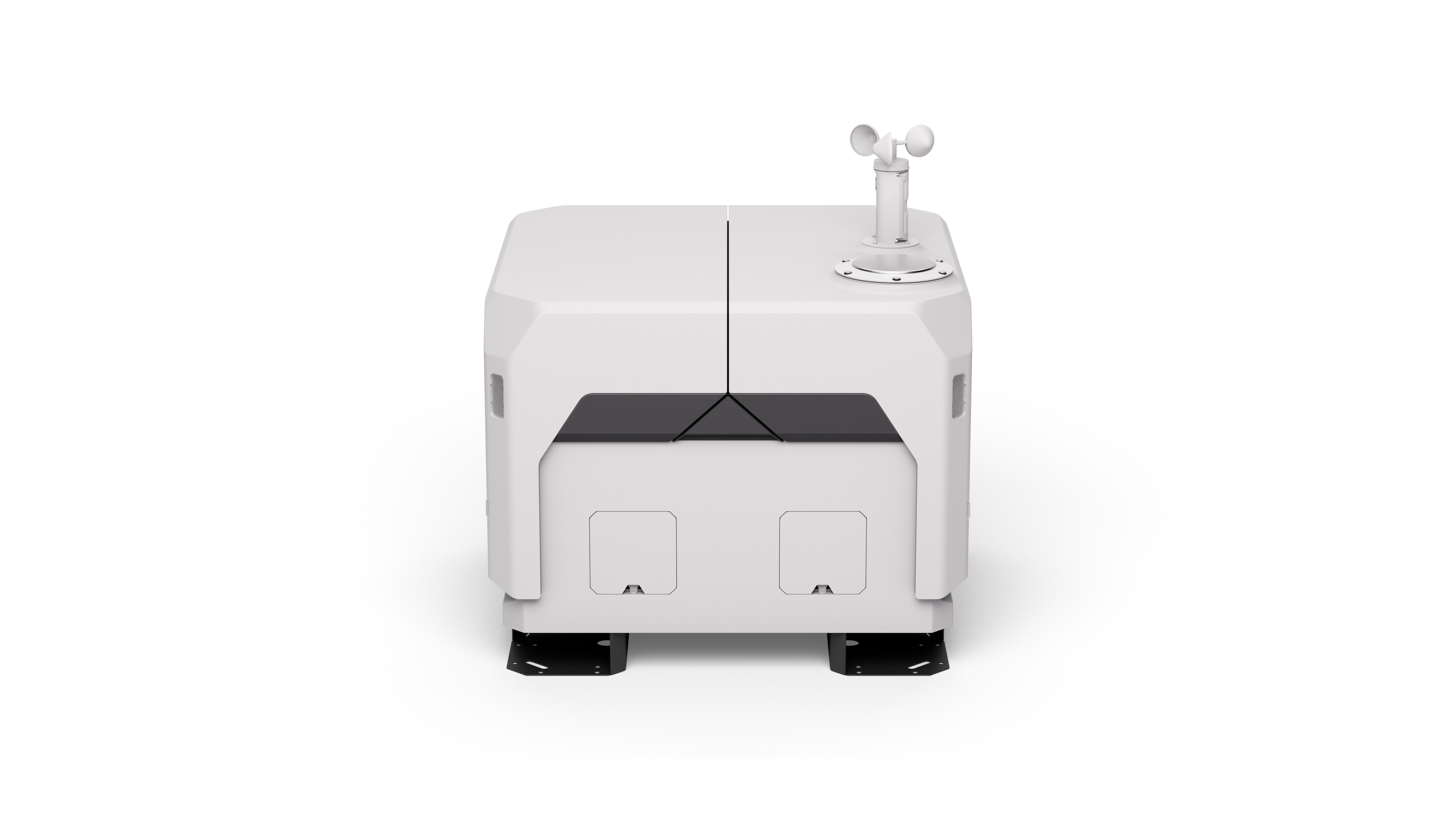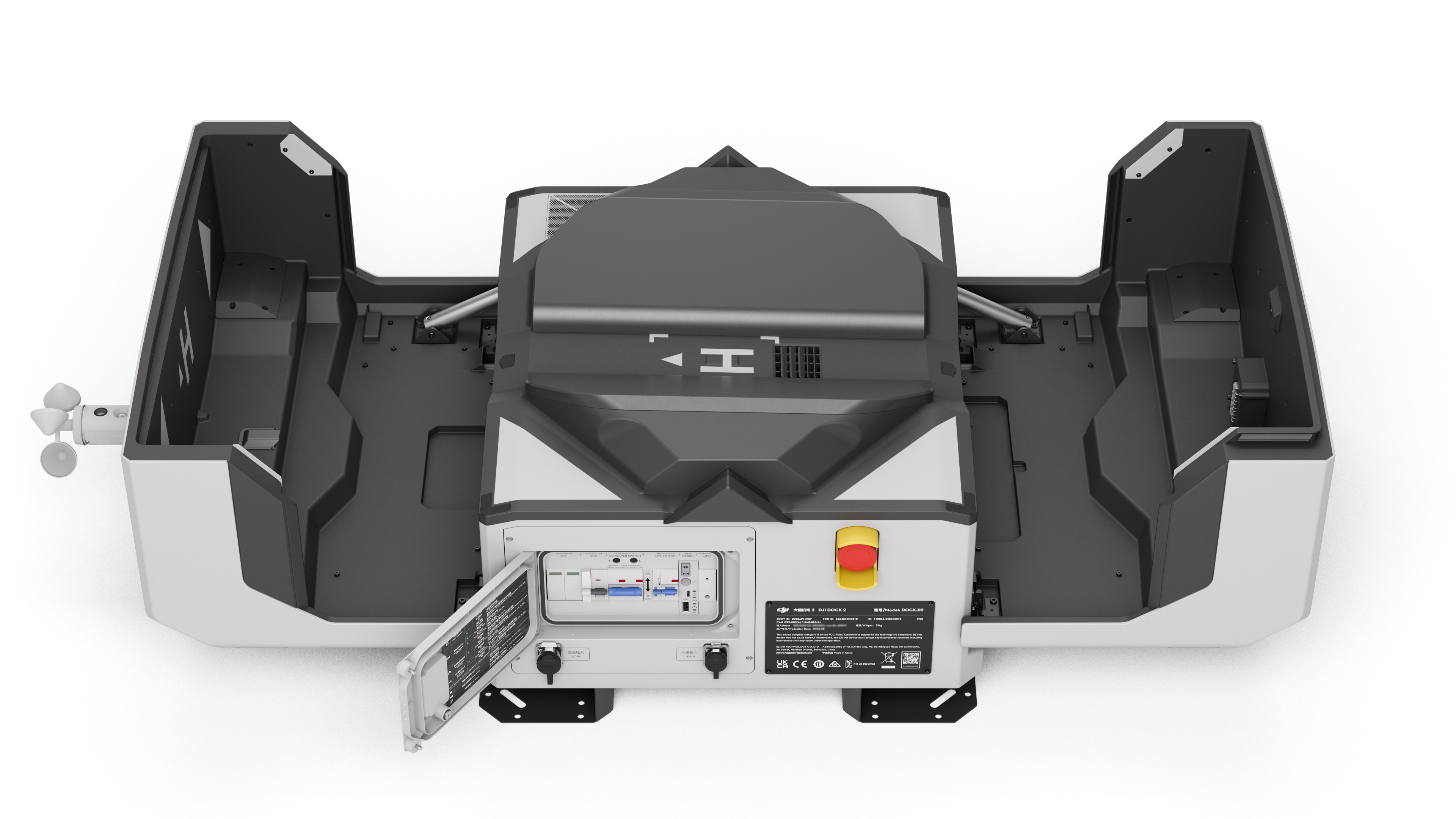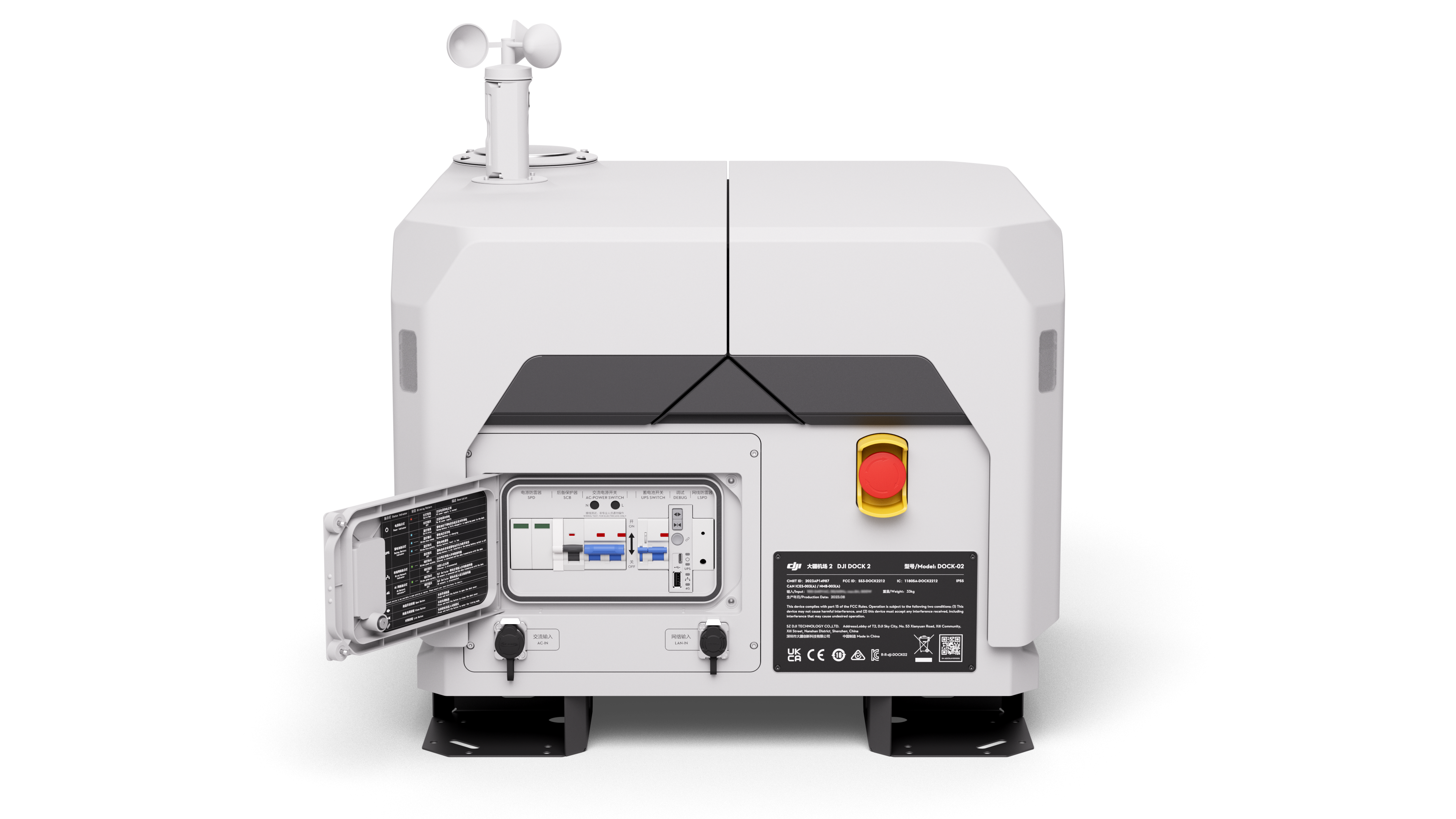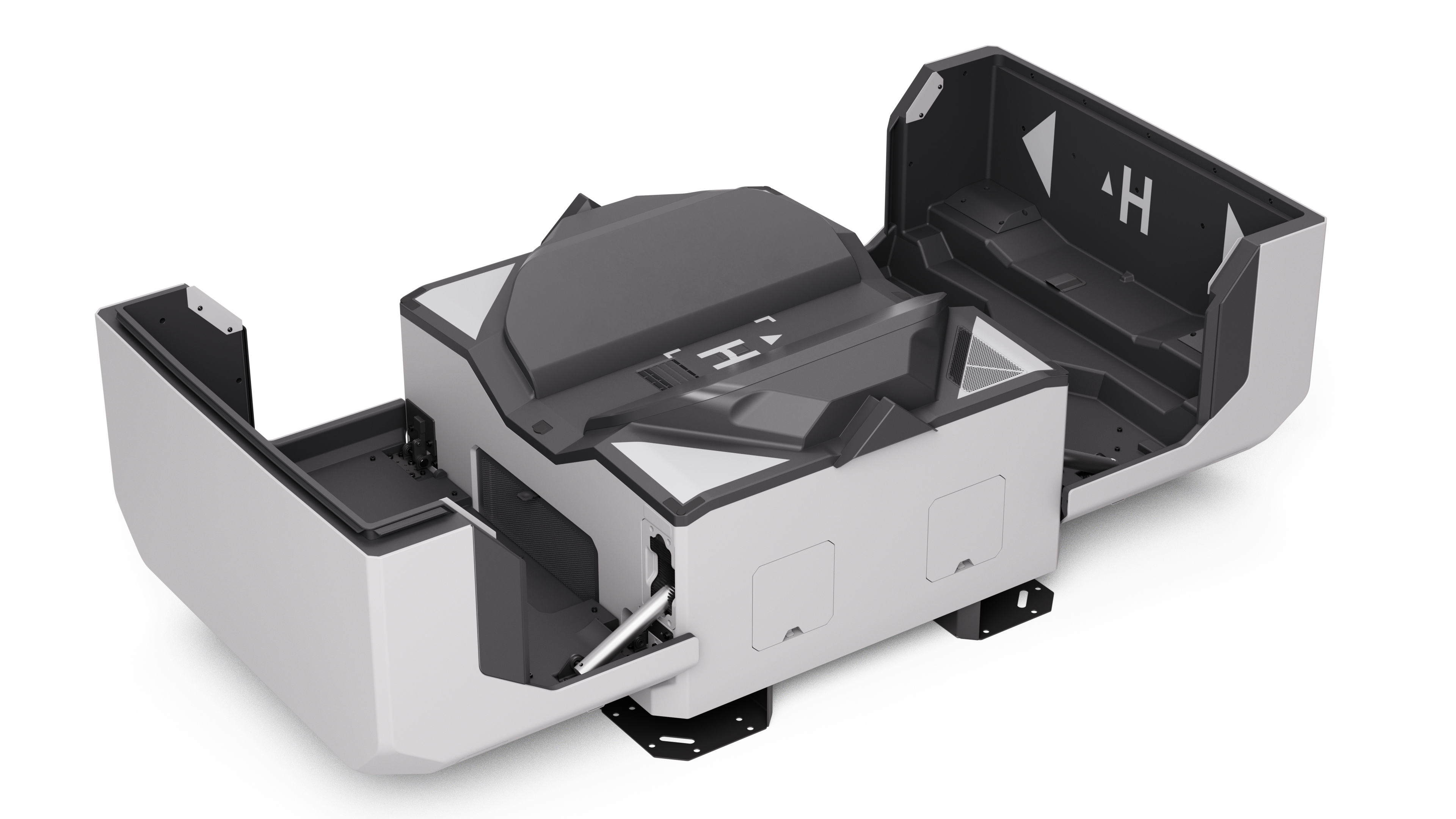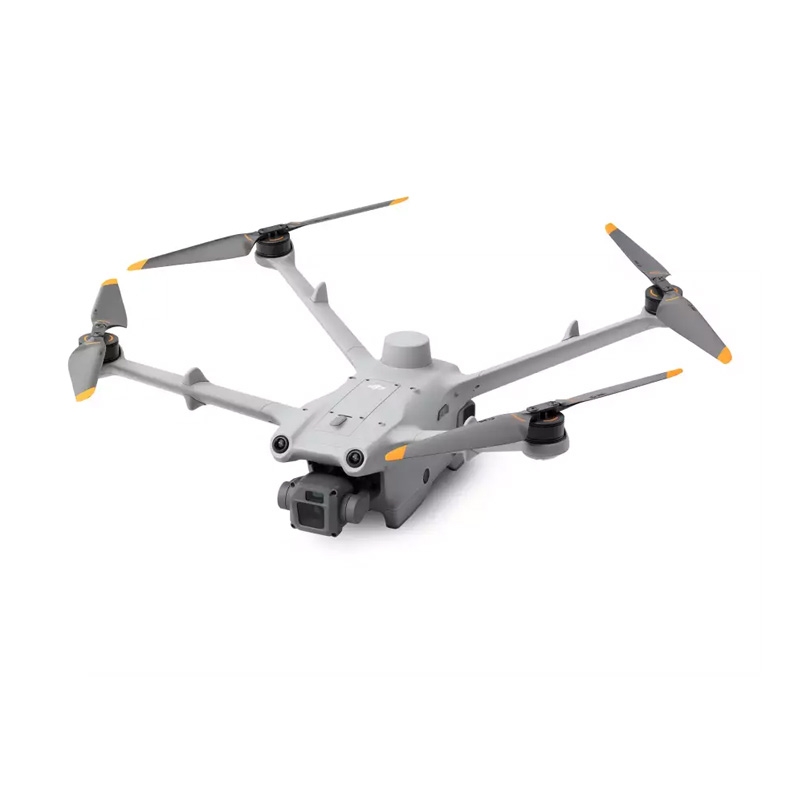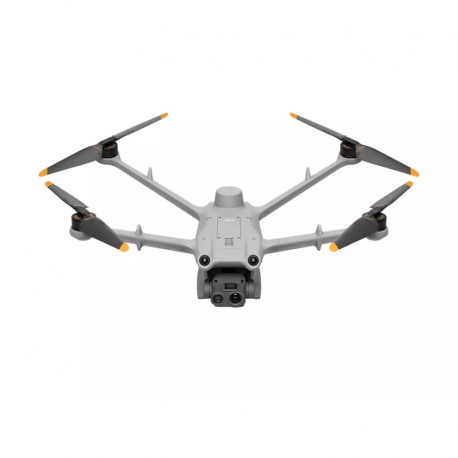Description
Easy to Install and Use
Lightweight and Compact Design
The DJI Dock 2 is 75% smaller and 68% lighter than its predecessor. Its compact design makes it easy for two people to transport, enabling flexible installation and reducing setup costs.
Efficient Site Assessment
Before deployment, the drone uses visual sensors to analyze the environment and quickly determine if the area has strong GNSS signals. This innovative visual evaluation drastically reduces site assessment time from five hours to as little as 12 minutes.
Durable and Reliable Performance
- IP55 Dust and Water Resistance
Designed for challenging environments, the DJI Dock 2’s IP55 rating ensures stable operation even in harsh weather conditions. - Integrated Environmental Monitoring System
Built-in sensors monitor real-time weather conditions, including precipitation, wind speed, and temperature. Paired with online weather forecasts, the system can provide timely alerts or halt flight tasks using DJI FlightHub 2, minimizing flight risks.
Enhanced Landing Precision
Upgraded visual recognition technology and the newly designed sliding ramp system ensure precise and stable drone landings.
Built-in Backup Battery
In case of unexpected power outages, the DJI Dock 2 can operate independently for over five hours, allowing the drone to return and land safely.
Reduced Maintenance Needs
Thanks to its robust construction, the DJI Dock 2 requires maintenance only every six months, saving time and costs.
Real-Time Alerts and Diagnostics
In case of malfunctions, DJI FlightHub 2 sends instant notifications via email, enabling operators to quickly address issues.
Top-Class Drones: DJI Matrice 3D and Matrice 3TD
These next-generation drones are specifically designed for the DJI Dock 2, offering exceptional performance.
- Matrice 3D is ideal for high-precision mapping tasks.
- Matrice 3TD simultaneously captures visible and thermal imagery, making it perfect for security and inspection operations.
Fast Readiness and Charging
- Preparing the drone for takeoff takes just 45 seconds.
- Charging the aircraft’s battery from 20% to 90% takes only 32 minutes, ensuring uninterrupted operations.
Cloud-Based Solutions and Precision Mapping
DJI FlightHub 2 offers 3D modeling and route planning using AI-powered site evaluation and optimized FlyTo features. Operators can remotely control drones even in isolated areas.
Open Ecosystem and Custom Solutions
- Third-Party Payloads: The drone’s E-Port allows connecting additional equipment like speakers and spotlights.
- Cloud API: Customize the system to your needs or integrate it with third-party platforms.
- Edge Computing: Accelerate data processing and analysis directly on the device.
User-Friendly and Flexible
The DJI Dock 2 is designed to support a wide range of industrial applications, providing a secure, efficient, and automated solution for daily flight operations.
Additional Information
Before using the drone, always check and follow local laws. Regular maintenance ensures stable and reliable operation. For more details, refer to the user manual.


